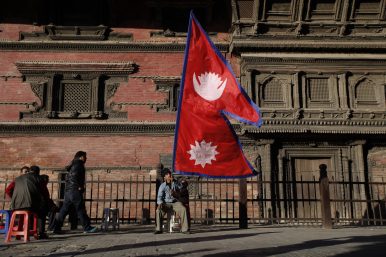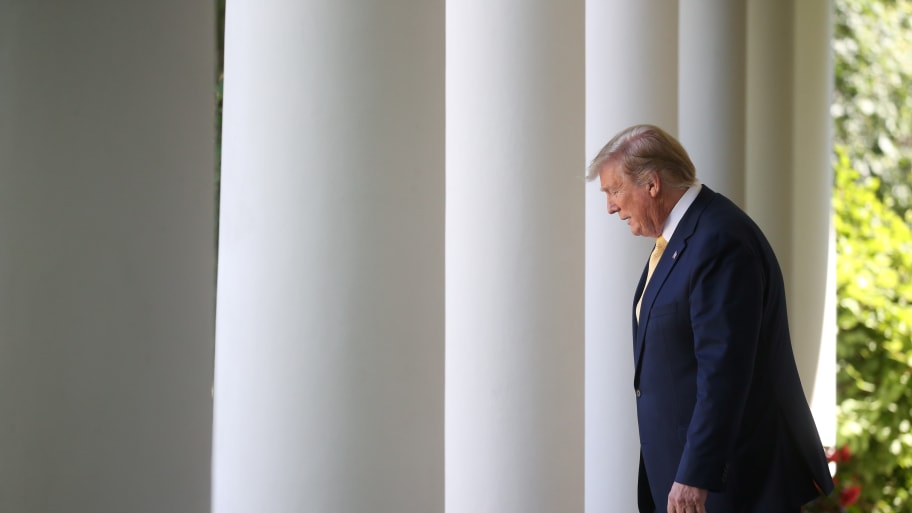 The US recently announced the termination of its Generalized System of Preferences (GSP) designation for India. Under the GSP, certain designated goods had been permitted to enter the US duty-free. While the US action has made the headlines, its origins and implications are not well understood. What is the larger significance of this spat?
The US recently announced the termination of its Generalized System of Preferences (GSP) designation for India. Under the GSP, certain designated goods had been permitted to enter the US duty-free. While the US action has made the headlines, its origins and implications are not well understood. What is the larger significance of this spat?
As background: Indian merchandise exports to the US in 2018 were about $55 billion, of which only about $5.5 billion were exports under GSP. The “preference margin" that India enjoyed by gaining duty-free access on these goods was only about 3-4%. If this cost is completely absorbed by Indian exporters, the withdrawal would translate into a loss to India of about $200 million. However, if India has market power in any of these industries, the cost may be passed on to US customers in the form of higher prices. Market realities will determine the sharing of this burden; the ultimate cost to Indian exporters could be considerably lower. Regardless, the costs of GSP withdrawal are quite modest.


















